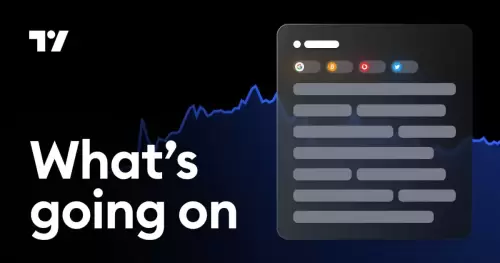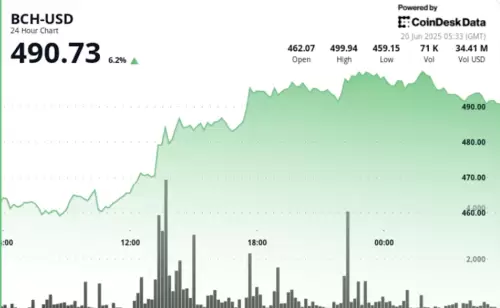Tether navigates the stablecoin landscape, DOJ collaborations, and IPO considerations. Discover the key trends and insights shaping the future of digital finance.

Tether, Stablecoins, and Public Offerings: A New York Perspective
The world of stablecoins is buzzing, and Tether is right in the thick of it. From collaborating with the DOJ to block fraud to addressing rumors about a potential public offering, there's never a dull moment. Let's dive into the latest happenings.
Tether's Stance on Going Public
Paolo Ardoino, CEO of Tether, recently stated that the company has no plans to go public, despite Circle's successful Wall Street debut. Ardoino cited Tether's profitability and conservative management as key reasons behind the decision. "We are not interested to go public, especially given the fact that the company is very profitable," he said. He also emphasized that Tether doesn't need "cheap capital" and prefers to reinvest earnings in safe assets like gold and Bitcoin. Plus, who wants to live "quarter by quarter trying to please a couple of analysts from JP Morgan?" Not Tether, apparently.
Fighting Fraud with the DOJ
Tether has been actively collaborating with the United States Department of Justice (DOJ) to combat fraud, particularly the insidious “pig butchering” schemes. By adopting advanced real-time monitoring systems, Tether has managed to block over 2.7 billion USDT linked to illicit activities. This collaboration demonstrates Tether’s commitment to financial security and transparency in the digital ecosystem. In March 2025, Tether helped freeze 23 million USDT linked to the Garantex exchange, and another joint operation blocked over 100 million USDT tied to illicit funds.
Ripple's Stablecoin Play: RLUSD
Meanwhile, Ripple is making significant strides in the stablecoin arena with its institutional-grade stablecoin, RLUSD. Designed to maintain a 1:1 value with the U.S. Dollar, RLUSD aims to facilitate seamless digital asset transactions for regulated entities. It's initially minted on both the XRP Ledger and Ethereum blockchains and is regulated by the New York Department of Financial Services (NYDFS). RLUSD transactions boast exceptional speed and ultra-low fees, making it ideal for high-volume institutional use cases.
The XRPL as a Stablecoin Hub
Ripple is also cultivating the XRP Ledger into a hub for various fiat-backed stablecoins, attracting issuers with its “compliance-first architecture.” USDC, XSGD, and EURØP have already debuted on the XRPL, expanding its utility across decentralized finance and cross-border payments. This strategic move aligns with Ripple’s 2025 roadmap, focusing on building a comprehensive institutional DeFi ecosystem on the XRP Ledger.
DeFi Development Corp's Solana Shift
In other news, DeFi Development Corp withdrew its attempt to raise US$1B to buy more Solana (SOL) after the SEC rejected its filing. While this particular venture hit a snag, the company remains committed to Solana, running its own validator and participating in on-chain finance within the Solana ecosystem.
Final Thoughts
The stablecoin landscape is dynamic and ever-evolving. Tether's focus on profitability and security, Ripple's strategic stablecoin initiatives, and the occasional regulatory hiccup all contribute to a fascinating narrative. As investors, it's important to stay informed, be cautious, and choose platforms that prioritize transparency and security. After all, in the world of crypto, a little bit of New York savvy can go a long way.












































































